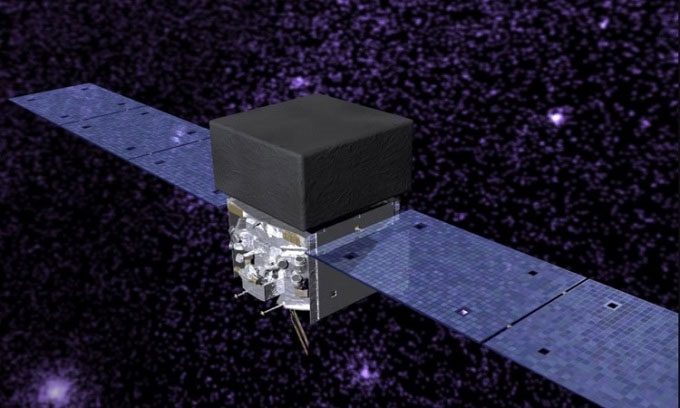Chinese scientists plan to build the next space observatory aimed at searching for the mysterious dark matter in the universe.

VLAST will have significantly higher sensitivity than NASA’s Fermi telescope. Photo: NASA
The Very Large Area Space Telescope (VLAST) is currently in the early stages of research and development. However, the goal of the Chinese scientists is to achieve a sensitivity ten times greater than that of NASA’s Fermi Large Area Telescope, the most sensitive gamma-ray telescope in the world today. VLAST could launch into orbit by the end of the decade if approved early by the Chinese government, according to the research team.
Gamma rays are a form of light with the highest energy levels. This type of radiation helps scientists observe objects such as rapidly rotating neutron stars and supermassive black holes. It also provides indirect evidence of dark matter, which constitutes a significant portion of the universe’s mass. Astronomers believe that dark matter must exist to provide the necessary gravitational force to bind galaxies and galaxy clusters together. Theoretically, when dark matter particles collide, they either decay or annihilate each other, simultaneously producing gamma rays detectable by telescopes.
To search for traces of dark matter particles, VLAST will monitor gamma-ray spectra between 0.3 giga-electron volts and 20 tera-electron volts with unprecedented resolution, according to a paper from the research team published in the journal Acta Astronomica Sinica on May 26. They also state that VLAST will look deep into the center of the Milky Way to investigate the phenomenon of excess gamma-ray radiation, which may reveal the existence of self-annihilating dark matter.
The authors of the paper include researchers from the Purple Mountain Observatory in Nanning, the University of Science and Technology of China in Hefei, and the Institute of Modern Physics in Lanzhou. In addition to searching for dark matter, the research team also plans to use VLAST to explore gamma-ray bursts, X-ray binary stars, and the origins of cosmic rays.
Based on the preliminary design, VLAST will consist of three detectors. These detectors will distinguish gamma-ray photons from other types of particles arriving at the telescope, and then accurately measure the energy and trajectory of the gamma-ray photons. The detector cluster is expected to have a total mass of 16 tons, significantly heavier than conventional space telescopes, and will need to be launched into orbit using a Long March 5 rocket, according to the lead researcher, Fan Yizhong from the Purple Mountain Observatory.
Fan and his colleagues are developing key technologies for the project, from electronics to detectors and satellite arrays. They estimate that it will take at least 10 years for the telescope to be ready for operation. The research team has submitted the VLAST design to the Chinese Academy of Sciences and is awaiting a decision.





















































